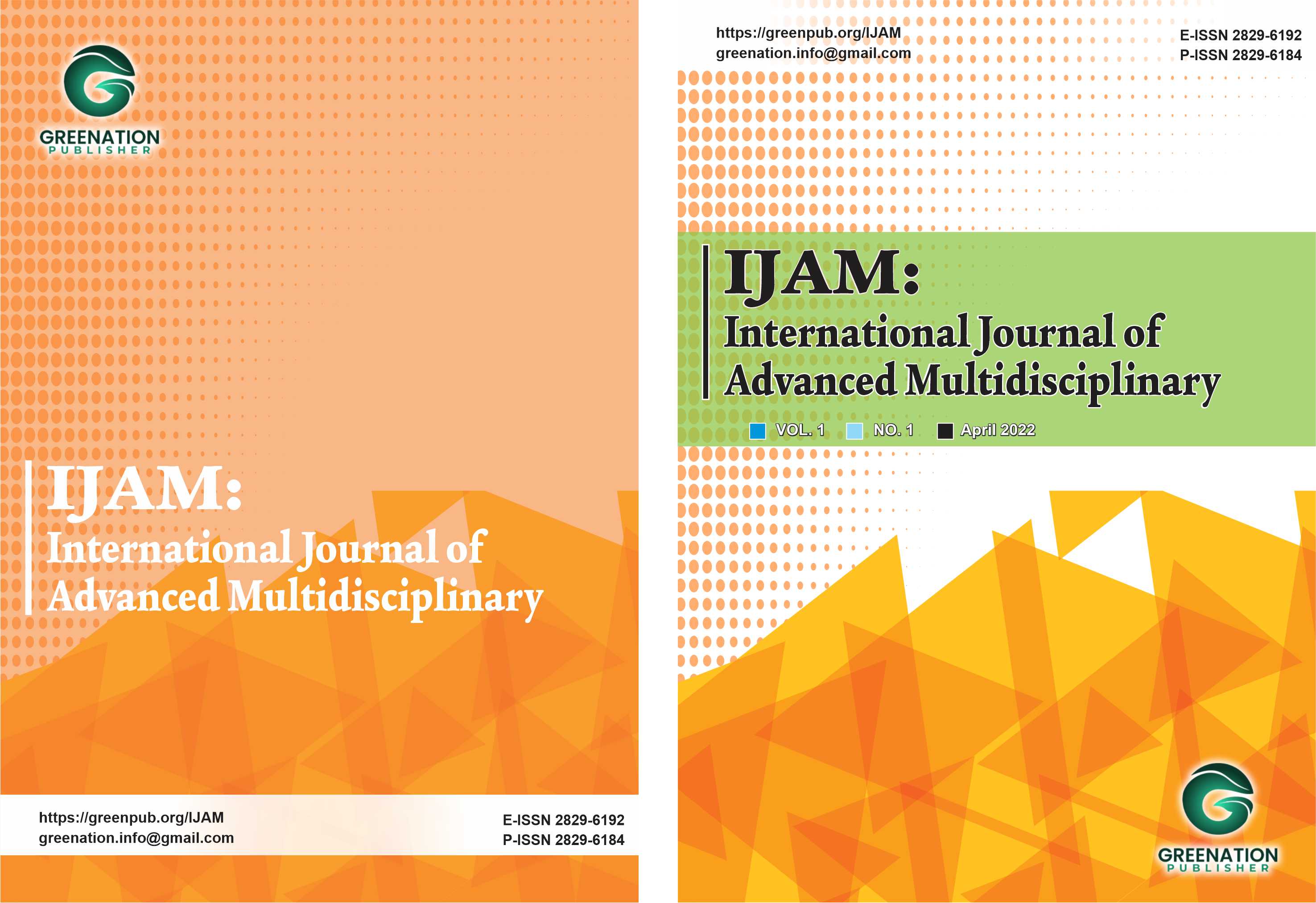Intercultural Communication Competence: Unraveling the Role of Cognitive, Affective, and Behavioral Factors
DOI:
https://doi.org/10.38035/ijam.v2i2.282Keywords:
Cognitive, Affective, Behavior, Intercultural Communication CompetenceAbstract
Globalization makes the interaction between cultures, different ethnics, national background are inevitable. The competency to communicate across these cultures is crucial more than ever. The purpose of this article is to develop hypotheses regarding the relationships between the cognitive, affective, and behavioral factors in order to explore how these three components affect an individual's intercultural communication competence (ICC). The research is based on online literature sources such as Google Scholar, Mendeley, and other academic online platforms. The research method utilized is library research, utilizing e-books and open-access e-journals. The analysis conducted is qualitative and descriptive. The findings of this article are as follows: 1) Cognitive factors have an influence on intercultural communication competence; 2) Affective factors have an influence on intercultural communication competence; and 3) Behavioral factors have an influence on intercultural communication competence. However this research does not suggest those three components as only factors for ICC and should not be perceived as the exclusive determinants.
References
Barker, G. G. (2015). Cross-Cultural perspectives on intercultural communication competence. Journal of Intercultural Communication Research, 45(1), 13–30. https://doi.org/10.1080/17475759.2015.1104376
Burgess, J. (2020, September 24). How has technology affected social interaction? Sogolytics Blog. https://www.sogolytics.com/blog/how-has-technology-affected-social-interaction/
Chen, G. (1990). Intercultural communication competence: Some perspectives of research. Howard Journal of Communications, 2(3), 243–261. https://doi.org/10.1080/10646179009359718
Ilie, O.-A. (2019). The intercultural competence. Developing effective intercultural communication skills. International Conference KNOWLEDGE-BASED ORGANIZATION, 25(2), 264–268. https://doi.org/10.2478/kbo-2019-0092
Kim, Y. Y. (2000). Becoming Intercultural: An integrative theory of communication and cross-cultural adaptation. SAGE.
Ortiz-Ospina, E., Beltekian, D., & Roser, M. (2014). Trade and globalization. Our World in Data.
O’Dowd, R. (2007). Evaluating the outcomes of online intercultural exchange. ELT Journal, 61(2), 144–152. https://doi.org/10.1093/elt/ccm007
Samovar, L. A., Porter, R. E., McDaniel, E. R., & Roy, C. S. (2014). Intercultural communication: A reader (p. 375). Cengage Learning.
Wawra, D. (2009). Social intelligence. European Journal of English Studies, 13(2), 163–177. https://doi.org/10.1080/13825570902907193
Williams, T. R. (2005). Exploring the impact of study abroad on students’ intercultural communication skills: Adaptability and sensitivity. Journal of Studies in International Education, 9(4), 356–371. https://doi.org/10.1177/1028315305277681
Wiseman, R. L., Hammer, M. R., & Nishida, H. (1989). Predictors of intercultural communication competence. International Journal of Intercultural Relations, 13(3), 349–370. https://doi.org/10.1016/0147-1767(89)90017-5
Yunlong, H. (2014). Constructing Intercultural Communicative Competence Framework for English Learners. CSCanada, 10(1).
Zimmermann, S. (1995). Perceptions of intercultural communication competence and international student adaptation to an American campus. Communication Education, 44(4), 321–335. https://doi.org/10.1080/03634529509379022
Downloads
Published
How to Cite
Issue
Section
License
Authors who publish their manuscripts in this journal agree to the following conditions:
- The copyright on each article belongs to the author(s).
- The author acknowledges that the International Journal of Advanced Multidisciplinary (IJAM) has the right to be the first to publish with a Creative Commons Attribution 4.0 International license (Attribution 4.0 International (CC BY 4.0).
- Authors can submit articles separately, arrange for the non-exclusive distribution of manuscripts that have been published in this journal into other versions (e.g., sent to the author's institutional repository, publication into books, etc.), by acknowledging that the manuscript has been published for the first time in the International Journal of Advanced Multidisciplinary (IJAM).























